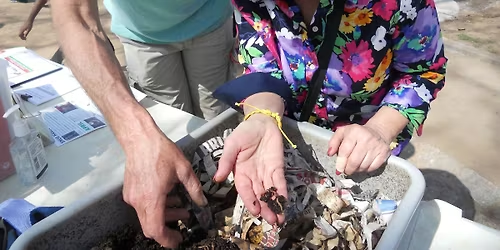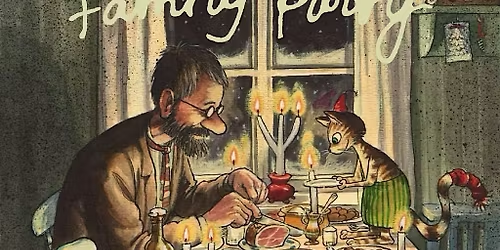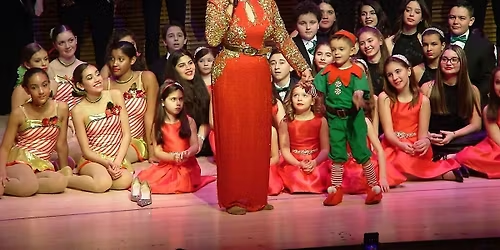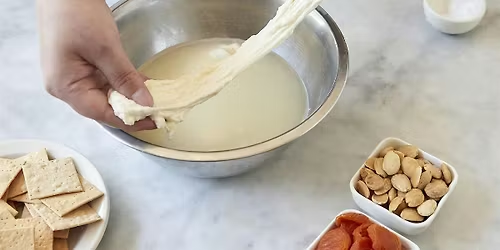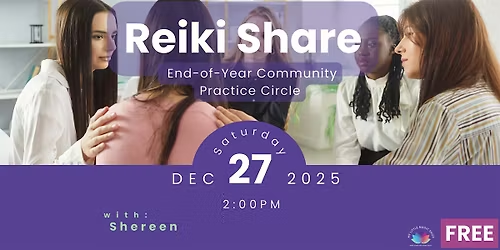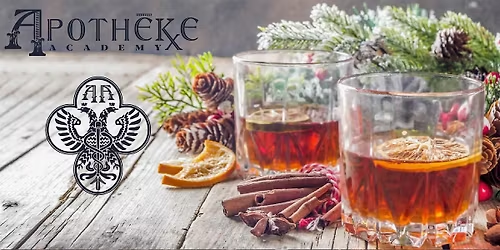
About this Event
Japan Performing Arts, Inc. (JPA) proudly presents our show, Traditional Japanese Dance
(Nihon Buyo) Recital 2025.
Some Traditional Japanese Kabuki dancers and students from JPA will perform classical
Kabuki Dance pieces. JPA’s MC will provide detailed explanations of the programs, which are rarely seen in the United Stages. Please come and join us if you are interested in learning about Nihon Buyo.

Nihon Buyo is a traditional performing art tha the JPA has devoted great effort to over many
years. With a history of about 400 years as a stage art, it is a deeply significant and refined
cultural tradition. Nihon Buyo originally developed as the dance component of Kabuki, but
unlike Kabuki—which was traditionally performed only by men—Nihon Buyo is an art form
that can be danced by anyone: men and women, young and old alike.
---------------------------------------------------------------------------------------------------------------------------
In this recital, we will explain the fundamental movements and meanings of Nihon Buyo, as
well as its underlying philosophy—elements that are not widely known. Unlike Western
dances that emphasize lifting the body upward, Nihon Buyo focuses on grounded, low
movements that maintain awareness of the earth while still sensing the heavens. The
dancer’s weight is placed more toward the heels than the toes, and this subtle balance affects the movements of the upper body as well. For those who have experience in dance, the choreography of Nihon Buyo may seem simple, but the essence lies not in the steps
themselves—it is the unique, “unnatural” way the body is used that defines Nihon Buyo. Once this philosophy is embodied, the dancer learns to understand the meaning of each piece (or song), to interpret whether the dance represents a particular character or role, and if so, to express distinctions such as gender, age, and social status through movement and posture. Through this process, dancers grow in their artistry and individuality.
Japanese culture places great importance on subtle detail. Nihon Buyo could even be
described as a form of “moving yoga,” as it involves slow, deliberate movements that produce a gentle sweat—not from exertion, but like the perspiration that comes “gradually” in a sauna. The dance develops concentration—first on the movement within one’s own body, then on how that movement interacts with the surrounding air, and finally, on establishing the ability to observe oneself from a distance, gaining awareness of the flow of time within one’s movement.
We hope you will enjoy and appreciate the unique characteristics of Japanese culture through Nihon Buyo.
-----------------------------------------------------------------------------------
Some of the pictures below are from our past recitals and do not related to the dance pieces we present this time.


(above) The advanced-level dancer, Midori Anami, will perform three technically challenging pieces, each showcasing a different use of the body.
(below) Hamada, the representative of the JPA is a Japanese traditional dance teacher for the JPA and has been teaching many students. She will explain the detailed characteristic of Nihon Buyo and will perform two contrasting dances: a comical dance and a classical dance.
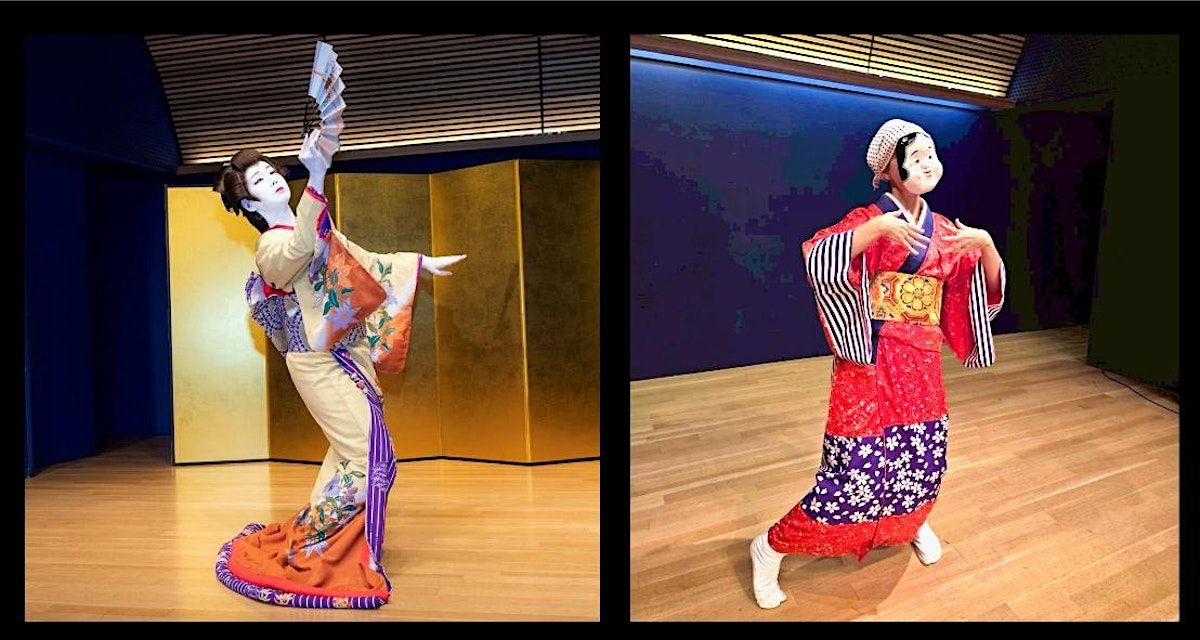
(below) Eiko Hamagishi and Hideya Hirai (leaned for a year) will present what they have
leaned over the past year.
The MC will be Hatsuko Otsuka, who is active in tea ceremony. Emi Kikuchi, a kimono
dresser, and Akiyo Furukawa, a singer, will also be participating and supporting the event.
There are 75 seats available, so we recommend making your reservation early.



演目
1. Greeting and Introduction of Nihon Buyo by Yuko Hamada
2. Shima no Senzai by Midori Anami “Shima no Senzai” is an auspicious celebratory piece.
The title takes its theme from the name of a legendary woman believed to be the founder of
the Shirabyoushi style. Shirabyoshi style referes to a type of traditional Japanese female
entertainer who performed songs and dancers, particularly 1000 years ago.
3. Kyo no Shiki by Eiko Hamagishi Kyo no Shiki describes as a song that express the
changing natural landscapes in each season and the way people enjoy themselves which
those settings.
4. Tsuru Kame by Hideya Hirai The theme is based on the crane, said to live for thousand
years, and the tortoise, said to live for ten thousand year, which are symbols of longevity.
The work is a prayer and a blessing for peace throughout the land and for the long life of the
nation and its ruler.
5. Otemoyan by Yuko Hamada This is a cheerful fold song from Kumamoto prefecture in
Japan, and according to one account, the lyrics describe a tomboy’s marriage. This is a
comical dance piece.
6. Seigaiha by Midori Anami This piece elegantly narrates the scenic beauty of renowned
seascapes throughout Japan.
7. Oedo Nihon Bashi by Eiko Hamagishi This is a traditional fold song passed down in
Nihonbashi, Tokyo. It incorporates the post towns and local specialties of the fifty- three
stations of the Tokaido.
8. Kuroda Bushi by Hideya Hirai This is a Fukuoka Prefecture fold song based on an
anecdote from a drinking session between a retainer of Kuroda and other famous lord.
9. (one of the classical dance) by Yuko Hamada
10. Kimono Dressing by Emi Kikuchi & Mayumi Maeda
11 Shichihukujin by Midori Anami Shichifukujin means the collective name for the seven
deiteies believed in Japan to bring fortune and prosperity. This is one of the oldest musical
song and dance, which have been premiered at the theater in Edo around 1716-1736.
Hair designers / Mika Aaijo, Satoshi Ikeda, Mayumi Maeda,
Make-up / Mayumi Maeda
Event Venue & Nearby Stays
OPERA America, 330 7th Avenue, New York, United States
USD 0.00

